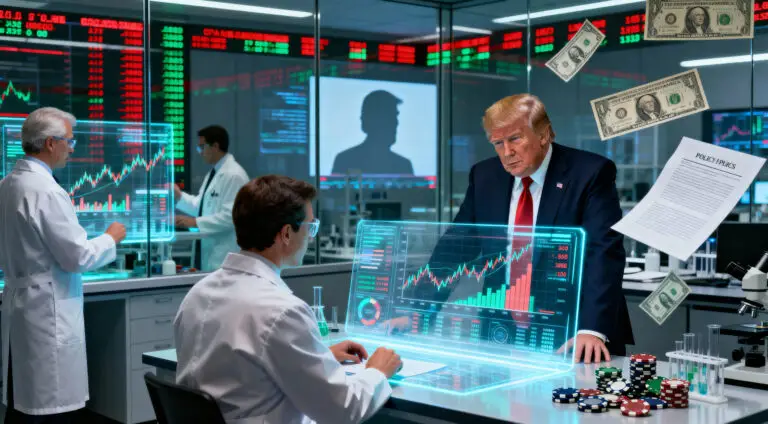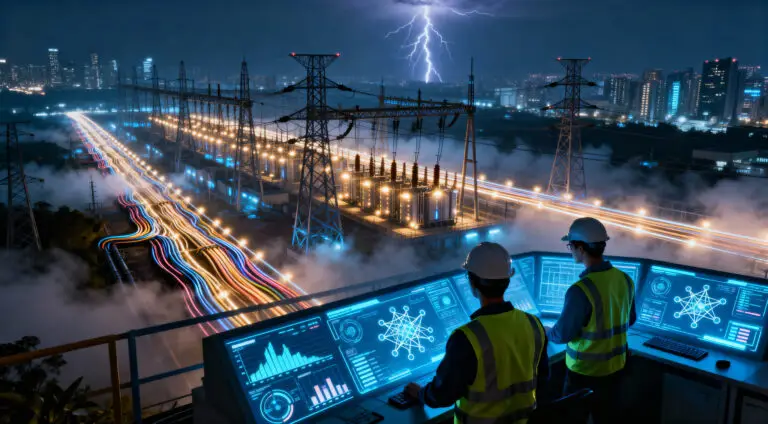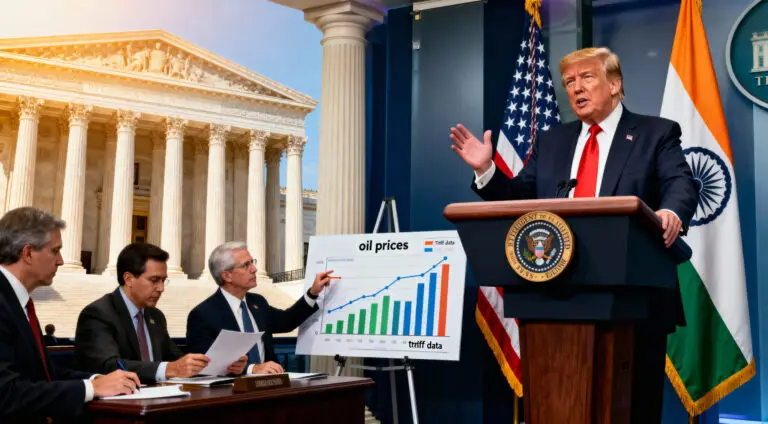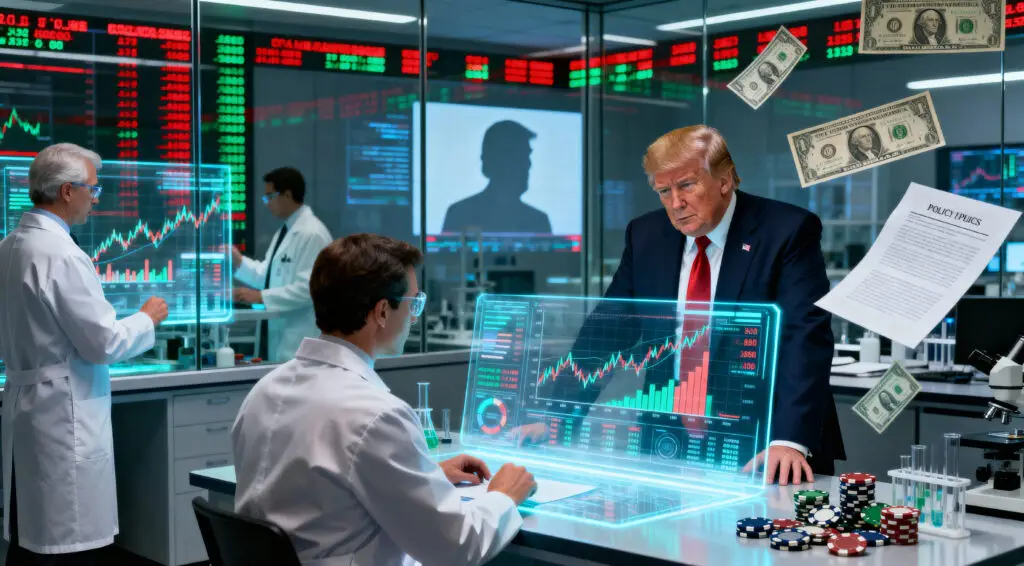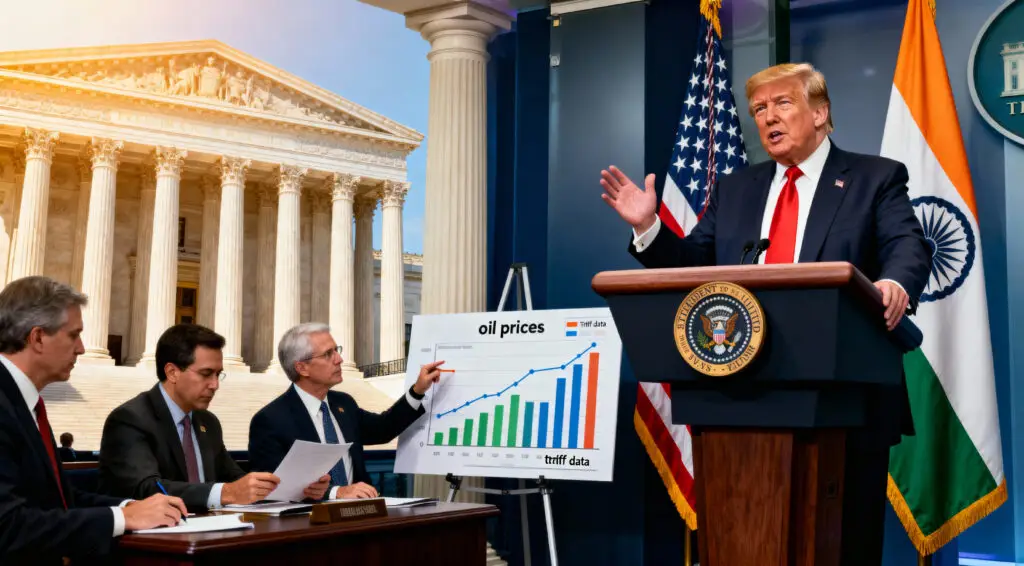Iran is entering a new economic revitalisation phase, with the government issuing 26 separate packages covering the most important problems and formulation practices. This bold plan seeks to transform the economic situation in the country and move it to a more prosperous path.
An Integrated Action Plan: The Iran Economic Reconstruction Programme
Head of Macro Economic Affairs of the Planning and Budget Organisation (PBO), Alaeddin Azvaji, disclosed that these 26 packages were compiled by different government institutions last year; they have now been merged into an integrated action framework called the Iran Economic Reconstruction Programme, which is to be implemented in 2025.
Five Pillars of Reform: The Economic Policy Framework
The strategies contained in the 26 packages are organised around 5 main pillars based on article 119 of the 7th National Development Plan, as highlighted by Azvaji:
- Controlling Inflation: Policies designed to reduce inflation and provide price stability.
- Improving the Wellbeing of Iranians: Programmes aimed at the health and economic prospects of citizens.
- Reduction of Economic Disparities: Policies aimed at correcting an unequal distribution of economic activities and development between regions.
- Advancement of Economic Activities: Policies designed to encourage growth in all sectors of the economy.
Advancing Key Economic Projects: Infrastructure Investments and Strategic Industries for Accelerated Development
Direct Impact: Enhanced Purchasing Power
As Azvaji noted, a key objective of the 26 packages concerns directly enhancing the economic conditions of the Iranian population, especially purchasing power. This reflects a broader attempt to address the plight of the citizens.
Protecting the Economy: International Restrictions and Geopolitical Pressures
In consideration of the external factors, the Iranian government has also taken “pre-emptive measures to protect the economy from international restrictions and geopolitical pressures.” The government has devised action plans within five core areas:
- Healthcare
- Essential Goods Distribution
- Oil
- Central Banking
- Industry
These plans are intended to bolster the stability and strength of crucial sectors to withstand external political and economic forces.
Increasing Trade Relations: Cooperation with Russia and the EAEU
Iran’s economic strategy places considerable emphasis on expanding trade relations with Russia and the Eurasian Economic Union (EAEU). Azvaji noted that, in particular, economic relations with Iran and this bloc have had very limited interactions. To overcome these limitations, Iran has created an operational plan, in coordination with the Ministry of Foreign Affairs, the Ministry of Oil, and the Trade Promotion Organisation, designed to improve trade with the EAEU member states. This plan will accompany the trade policy of Iran after its approval by the Commission of the Economic Council.
Participation of Strategic Entities: A Joint Budgeting Model
Azvaji pointed out one of the 2024 milestones: successful inclusion of core macroeconomic institutions in formulating the 2025–26 budget proposal. The strategy used Iran’s tax revenue estimates with well-defined economic scenarios and supplied the parliament with a holistic economic picture concerning budget projections.
Growth Strategy: Employment Opportunities and Capital Acquisition
In the anticipated budgetary framework for 2025, specific policies have been integrated to facilitate an ambitious economic growth target of eight percent. These policies encompass the generation of one million jobs and the acquisition of funding exceeding 130 trillion tomans. It is important to note that 35% of this funding is projected to stem from productivity increases, reinforcing the Iranian economic policy’s focus on productivity and innovation.
Productivity Advance: A Policy Options Document
To achieve these increased productivity levels, formally articulated policies such as the productivity roadmap have been designed in compliance with Article 111 of the 7th Development Plan. A productivity charter has also been prepared, which will serve as a building block to a more detailed national productivity policy.
Strengthening Banks: Capital Adequacy and Financial Restructuring
The Planning and Budget Organisation has also been assigned the responsibility of assessing and enhancing the capital adequacy of the state-owned banks. Currently, an outline of a capital injection plan is under development; it is intended that this will be presented to the Supreme Steering Council alongside this year’s budget to enhance the country’s financial structure and fortify economic stability.
Past Efforts: Building a Foundation for Growth
Azvaji noted that earlier macroeconomic efforts comprised raising the capital of state banks and preparing monitoring reports of the Sixth Development Plan for the Iranian parliament. These actions still reflect an effort to improve the country’s financial system and enhance economic transparency.
An Ambitious Vision for Iran’s Economic Future
Addressing Iran’s economic concerns is the 26-point economic revitalisation programme, marking an extraordinary landmark in the nation’s efforts to achieve sustainable growth. With the programme, it is expected that the government will refocus on curbing inflation, expanding international and domestic trade, reforming the financial system, and increasing productivity levels, which directly translates to national wealth. The success of this programme will rely upon its proper execution, ongoing cooperation among the major institutions involved, and the ability to manage the complex domestic and international economic landscape.


